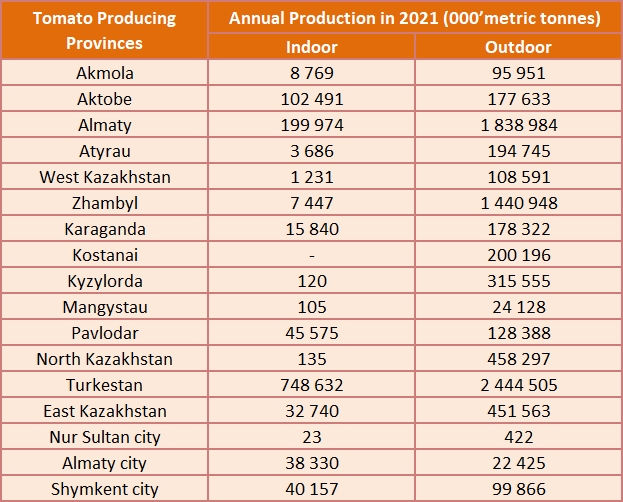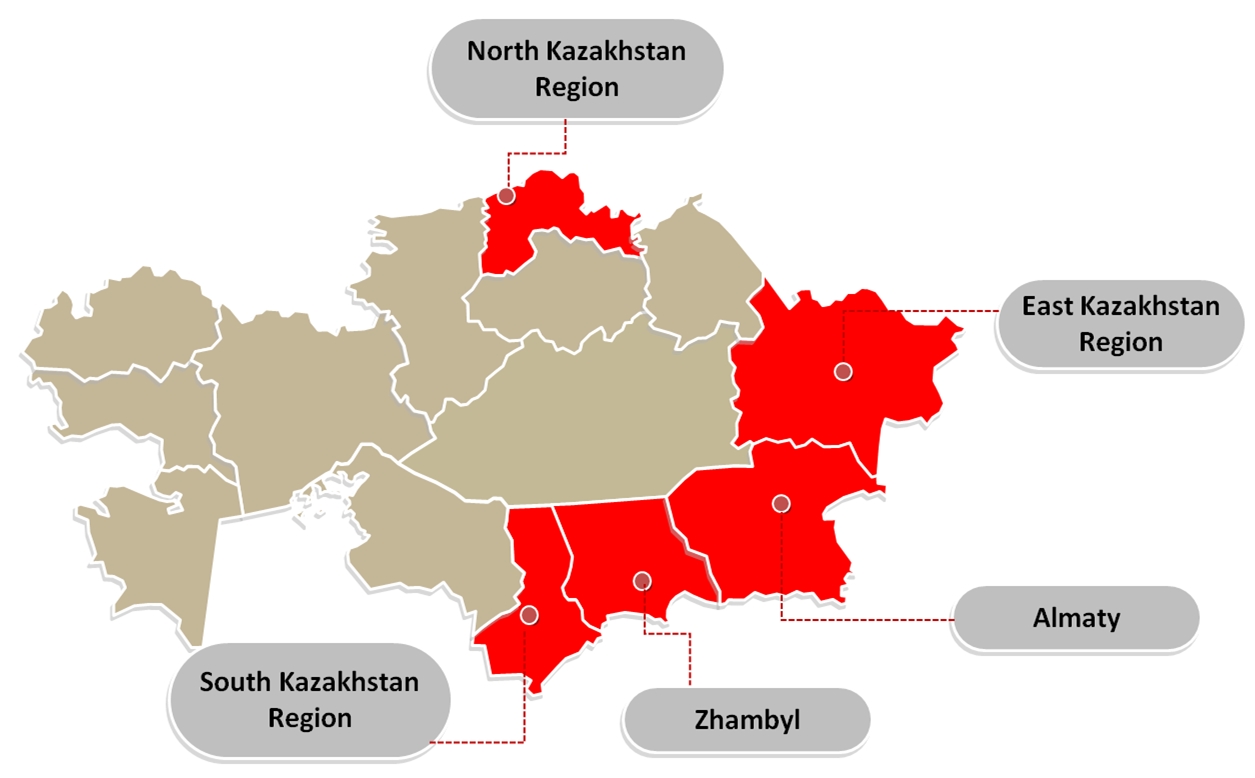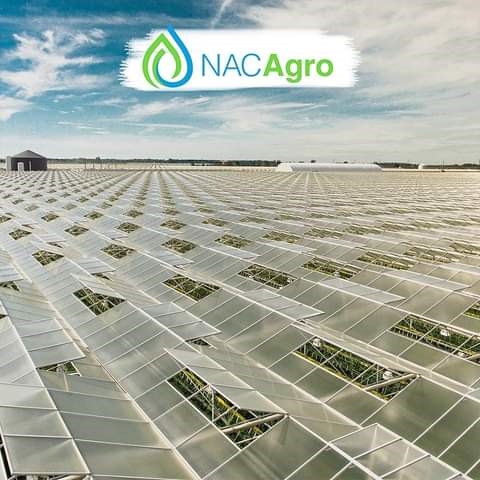Respect for your privacy is our priority
The cookie is a small information file stored in your browser each time you visit our web page.Cookies are useful because they record the history of your activity on our web page. Thus, when you return to the page, it identifies you and configures its content based on your browsing habits, your identity and your preferences.
You may accept cookies or refuse, block or delete cookies, at your convenience. To do this, you can choose from one of the options available on this window or even and if necessary, by configuring your browser.
If you refuse cookies, we can not guarantee the proper functioning of the various features of our web page.
For more information, please read the COOKIES INFORMATION section on our web page.





 Incorporated in 2016, TOO BRB APK with its brand name NACAgro, is the largest greenhouse in Kazakhstan that uses advanced technologies for the production of vegetables without soil. The complex is located on a land plot of 17 hectares, of which 12 hectares are used directly for growing vegetables. Today NACAgro contributes to the saturation of the market of the city of Almaty by reducing its dependence on imported products, mainly tomatoes and cucumbers. The production capacity is more than 7 thousand tons of vegetables per year; with daily production volumes crossing 20 tons of vegetables. The average yield of the greenhouse complex is 60-65 kg compared to 5-10 kg per 1 m2 obtained by growing on open ground.
Incorporated in 2016, TOO BRB APK with its brand name NACAgro, is the largest greenhouse in Kazakhstan that uses advanced technologies for the production of vegetables without soil. The complex is located on a land plot of 17 hectares, of which 12 hectares are used directly for growing vegetables. Today NACAgro contributes to the saturation of the market of the city of Almaty by reducing its dependence on imported products, mainly tomatoes and cucumbers. The production capacity is more than 7 thousand tons of vegetables per year; with daily production volumes crossing 20 tons of vegetables. The average yield of the greenhouse complex is 60-65 kg compared to 5-10 kg per 1 m2 obtained by growing on open ground.




























